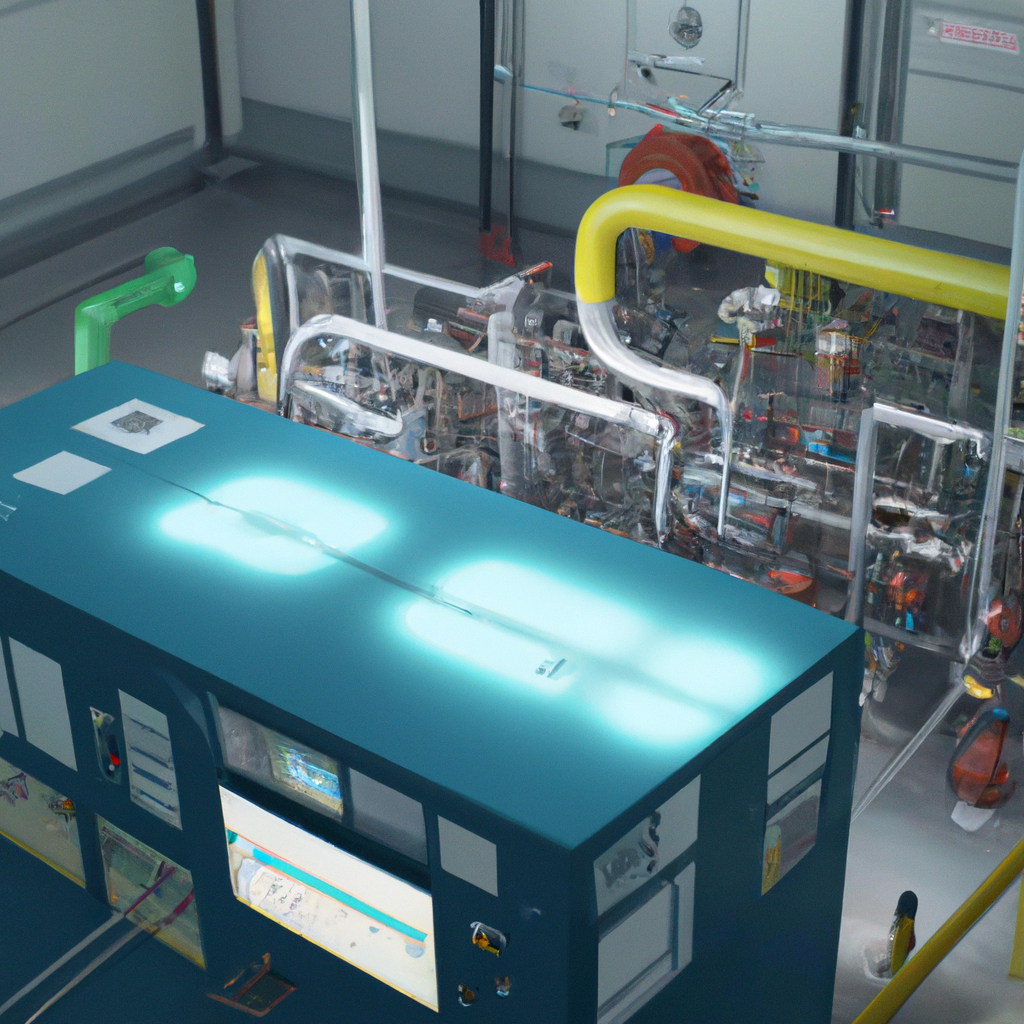Gas generators are machines that convert fuel into electrical energy. They are widely used for power generation in different industries and households. The process of energy production in gas generators involves combustion, fuel, and an electric generator. In this article, we will explore how a gas generator produces electricity, including the parts of a gas generator, how it works, and the energy efficiency of gas generators.
Parts of a Gas Generator
Gas generators consist of several parts that work together to convert fuel into electrical energy. These parts include:
– Fuel system: This part of the generator is responsible for delivering fuel to the combustion chamber. It consists of a fuel tank, fuel pump, and fuel lines.
– Combustion chamber: The combustion chamber is where the fuel is burned to produce heat. It is also where the energy from the fuel is converted into mechanical energy.
– Turbine: The turbine is a rotating component of the gas generator that converts the energy from the combustion chamber into mechanical energy.
– Electric generator: The electric generator is the part of the generator that converts the mechanical energy from the turbine into electrical energy.
How a Gas Generator Works
The process of converting fuel into electrical energy in a gas generator involves several steps. These steps include:
1. Fuel is delivered from the fuel tank to the combustion chamber through fuel lines.
2. The fuel is mixed with air in the combustion chamber and ignited. The combustion process produces high-temperature and high-pressure gases.
3. The high-temperature and high-pressure gases flow through the turbine, causing it to rotate.
4. The rotating turbine drives the electric generator, which converts the mechanical energy into electrical energy.
5. The electrical energy is then delivered to the load, which can be a house, a factory, or any other device that requires electrical energy.
Energy Efficiency of Gas Generators
Gas generators are widely used in power generation because they are efficient and reliable. They can produce electrical energy from a wide range of fuels, including natural gas, propane, and diesel. The energy efficiency of gas generators depends on several factors, including the type of fuel, the size of the generator, and the load.
Gas generators that use renewable energy sources such as biogas or landfill gas are more energy-efficient than those that use fossil fuels. This is because renewable energy sources are more abundant and have a lower carbon footprint.
The size of the generator also affects its energy efficiency. Small generators are less efficient than large generators because they have a lower power output. Large generators, on the other hand, can produce more electrical energy with the same amount of fuel.
The load also affects the energy efficiency of gas generators. A generator that is running at full load is more efficient than one that is running at half load. This is because the generator is designed to operate at its maximum efficiency when it is running at full load.
Conclusion
Gas generators are machines that convert fuel into electrical energy. They consist of several parts, including the fuel system, combustion chamber, turbine, and electric generator. The process of energy production in gas generators involves combustion, fuel, and an electric generator. Gas generators are efficient and reliable, and their energy efficiency depends on several factors, including the type of fuel, the size of the generator, and the load. In conclusion, gas generators are an essential component of power generation, and they play a significant role in ensuring energy security in different industries and households.







